As many avid readers of this blog will know, we have our own pup – Bella. She’s lived with us for seven years and, although I wouldn’t change her for the world, I’d be lying if I said it’s always been easy. Bringing a new puppy home for the first time is equal parts of excitement and apprehension. What if they don’t settle in? Will my home take a beating? It’s easy to become overwhelmed with premature worries but hopefully I can help overcome those for you… taken from personal experience and talking to others, here’s some tips on preparing for your new puppy arrival.
Pet-proofing
Similar to when you’re welcoming a new (human) child home, you’ll need to take pre-emptive measures to ensure your home is a safe environment for your excitable puppy. Keep hazardous materials and small objects out of reach, especially in the early days. This also goes for anything valuable or easily chewable! Not only do you want to protect your pup but your cushions, clothes and shoes need to be protected as well. Taking care of a new puppy is costly enough without having to replace damaged items within the first day! I’m speaking from experience, in the first few weeks I lost numerous shoe laces, socks and a pair of glasses, so be warned!
You should also take steps to protect your flooring from dirt and nail scratches. If you’ve got a carpet, you might want to step up your cleaning routine to ensure you get rid of the extra dirt. If you’ve got wood flooring, carpet runners or rugs are great protection in areas your pup is likely to spend a lot of time. If you’ve got laminate flooring, you’ve got an extra protective layer – but I’d still suggest taking extra steps to protect from scratches. They’ll try and fool you with those puppy dog eyes but they’re mini wrecking balls, so beware!
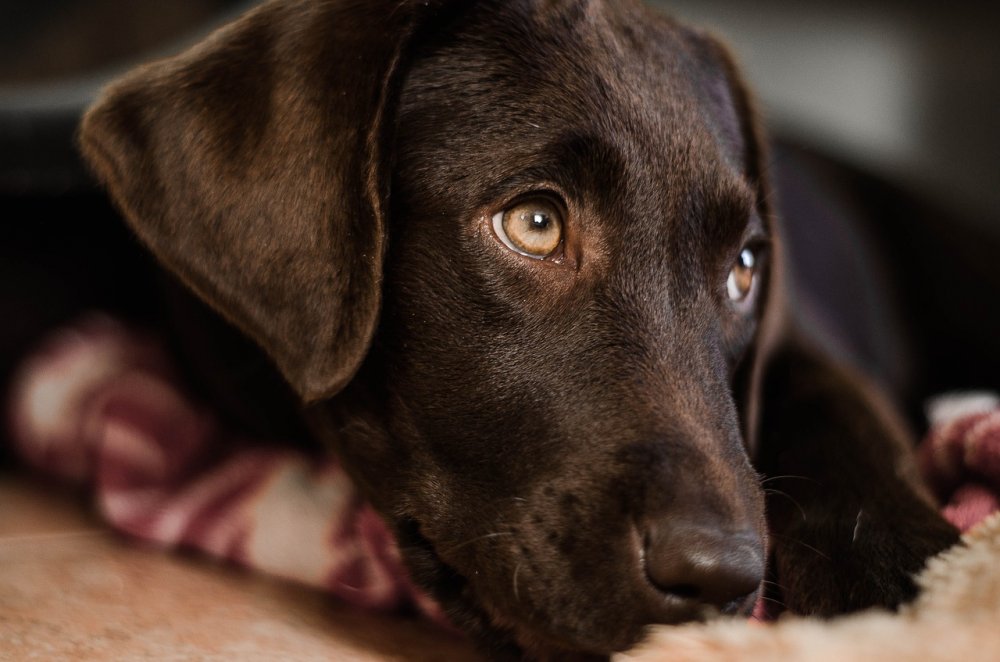
Plan and Prepare
The first day can be a stressful experience, and it’s so important to plan ahead and make sure you’ve got everything you need. Stock up on dog food and amenities such as blankets and toys to keep your new pup entertained. Not forgetting puppy potty pads (so much easier than newspaper!). Make sure they’ve got their own little space set up somewhere in the house, where they’ll be comfortable and warm. We used a crate to create a safe place for Bella to go and call her own. Our first home was very open plan so it was multi-purpose; it allowed us to contain her at night and it allowed her somewhere to go when things were too loud or overwhelming – something that’s particularly important if you have small children.
Part of your planning should also include the people who will be there. It’s recommended that large parties aren’t appropriate for a new puppy, and that you should introduce them to one or two new people at a time. This way, they learn to socialise effectively and won’t be overwhelmed by crowds of people. Teach your children to respect their space – tearing around after a puppy is wonderful exercise (for them both!) but it could be a bit too much in those early days and leave you with a stressed dog. Instead, get them to offer plenty of quiet lap time and gentle stroking to encourage them to be calm around one another.
This should go without saying, but make sure you’ve got decent insurance cover, and that your new arrival will have their own collar and the relevant identification. As a guide, it’s worth having your surname and phone number on their collar rather than the dog’s name but it’s up to you entirely. It’s actually the law now that any puppy should be microchipped, which is a valuable way to find them again if they ever get lost. The RSPCA’s guide on the importance of microchipping is a good resource for new puppy owners. Make sure you keep the microchip information up to date so that should your puppy get loose, they can be traced back to you easily.
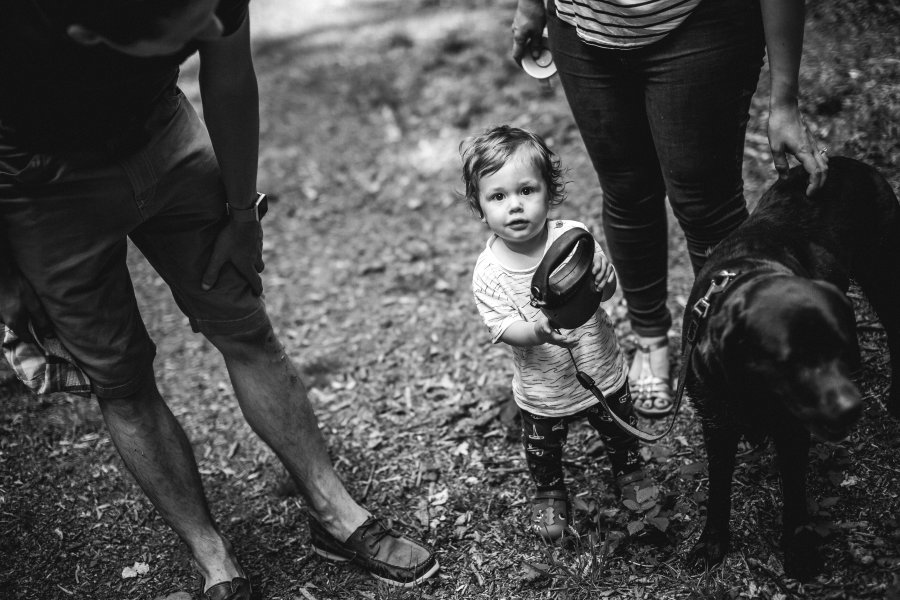
Get to know them
Each new puppy is different, with their own personality and unique traits – all of which you’ll come to love and associate with them as they grow. A great way of getting to know your dog is by taking the time to train them particularly to walk nicely on the lead, come back when called and show some basic manners with sitting and not jumping up. It’s an amazing bonding experience and pretty good fun plus it saves you possible headaches in the future! Reward-based training will also help them to trust and love you, just remember to remain consistent!
Take them on walks, make time to play with them – before long, you’ll get a feel of what he/she does or doesn’t like. You’ll then be able to make them even happier, and adjust their routine accordingly. For example, some dogs can be particularly fussy about the food they eat (unless it’s like mine who’s happy to eat anything!). Try a couple of different options, and check out helpful pet forums to hear advice from other pet owners.
Is there anything you’ve picked up from your dog-owning experience?

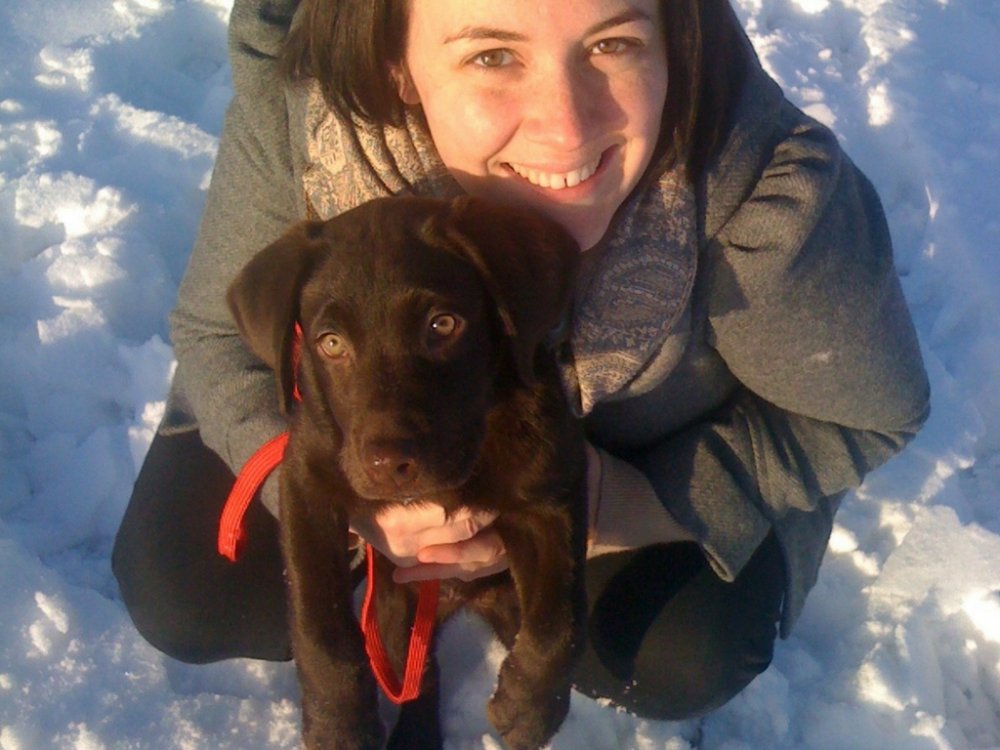
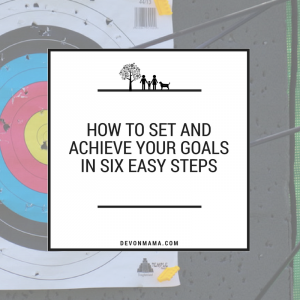


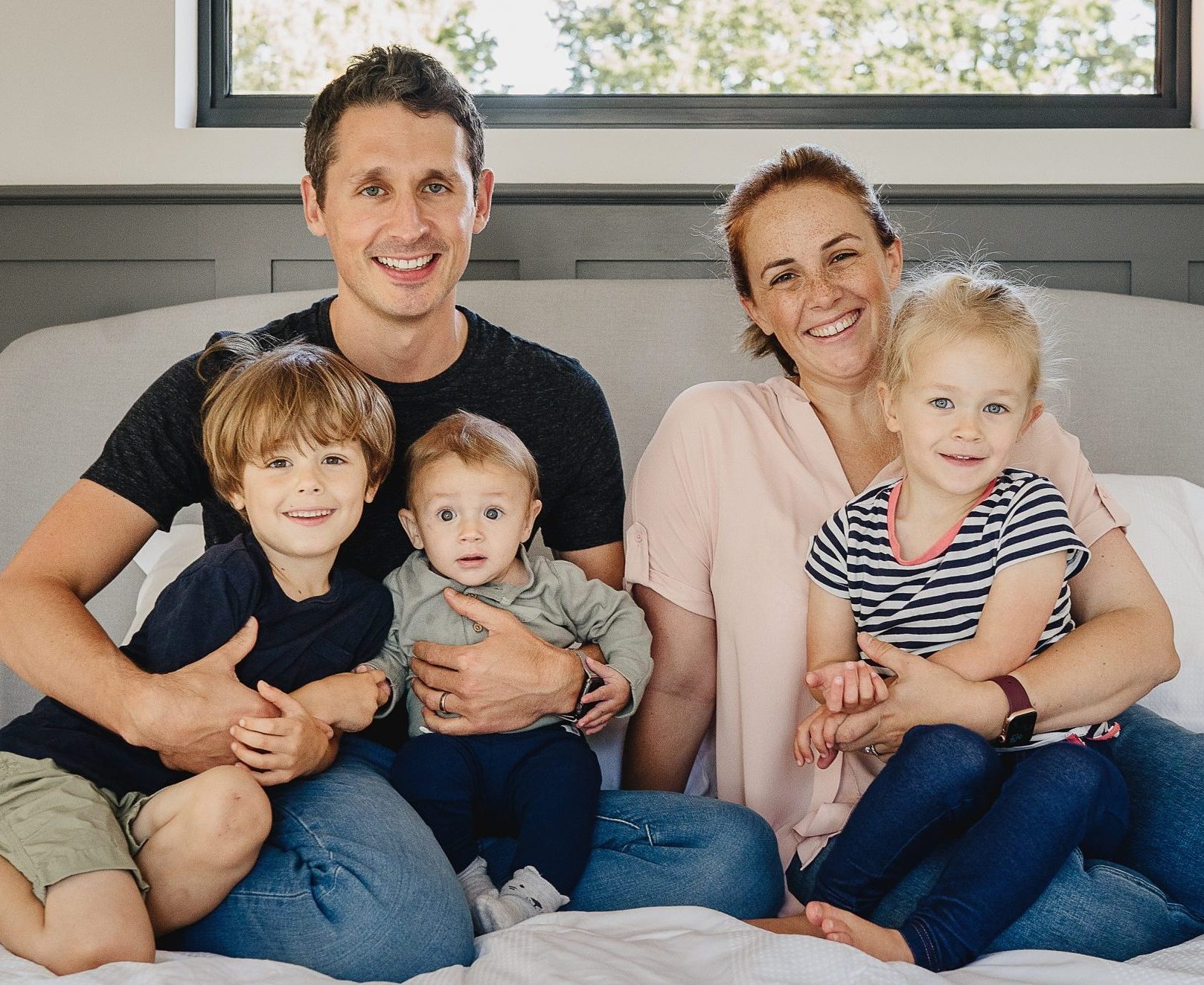
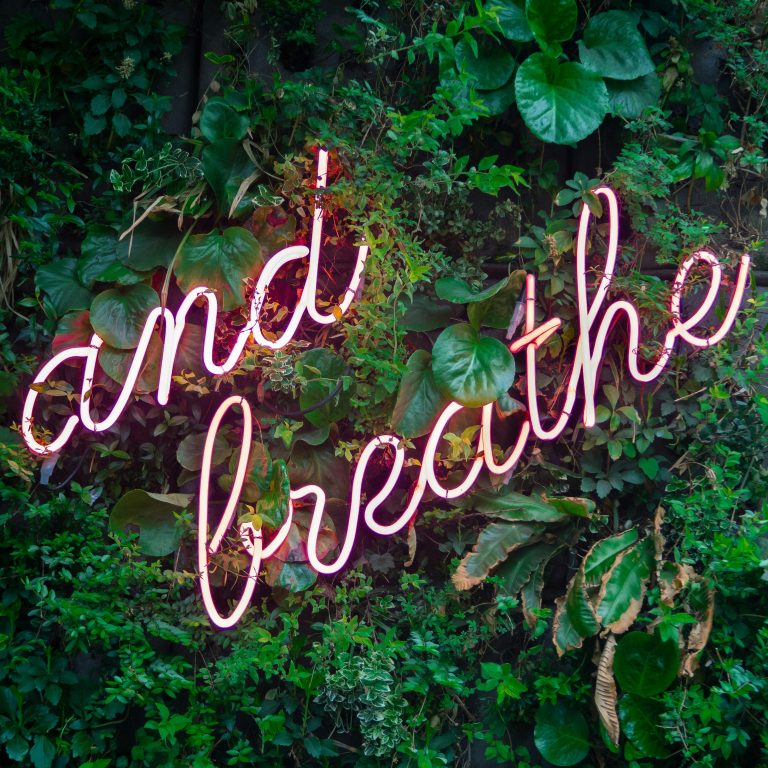
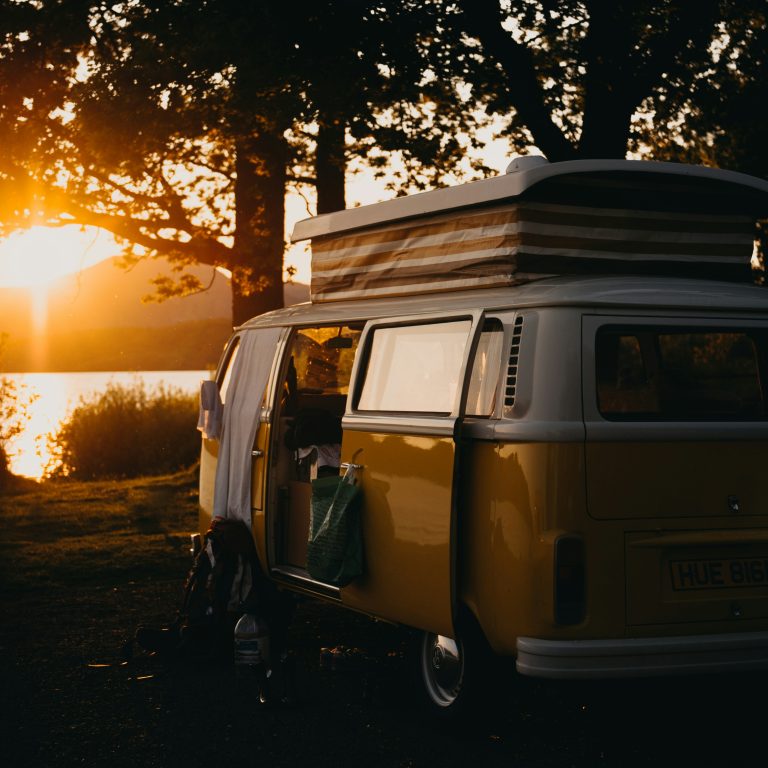

2 Comments
I got stupidly excited that you were going to spam us with new puppy photos but after reading the post – this is much more sensible!
Hahahahahahahaa! Errrrr Laura, we’re about to add a newborn to the mix… I’m not insane!!